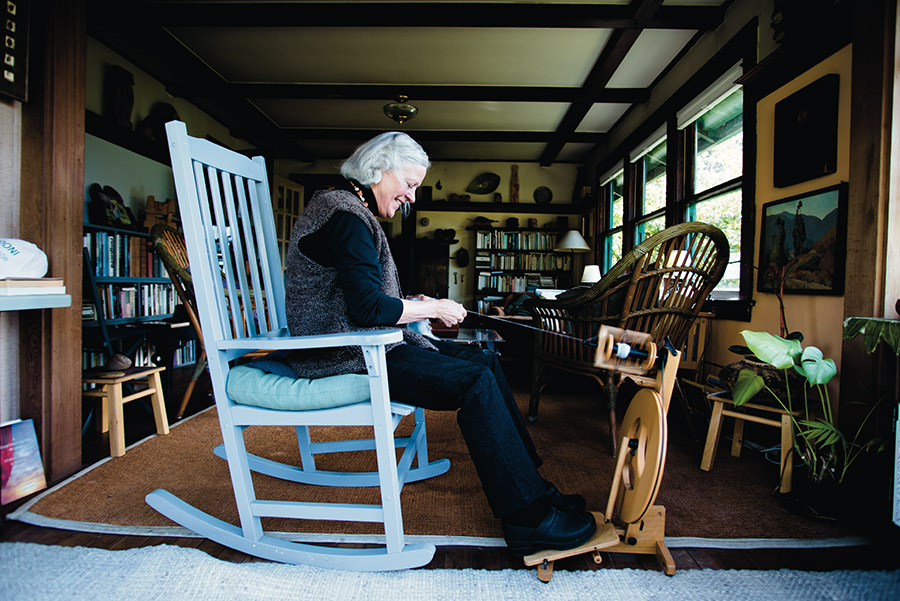Marlie de Swart never relies on patterns when she knits a new sweater, vest or bonnet. Instead, she sketches a rough plan and makes . . .
Marlie de Swart: off the axis and on the page


Marlie de Swart never relies on patterns when she knits a new sweater, vest or bonnet. Instead, she sketches a rough plan and makes . . .